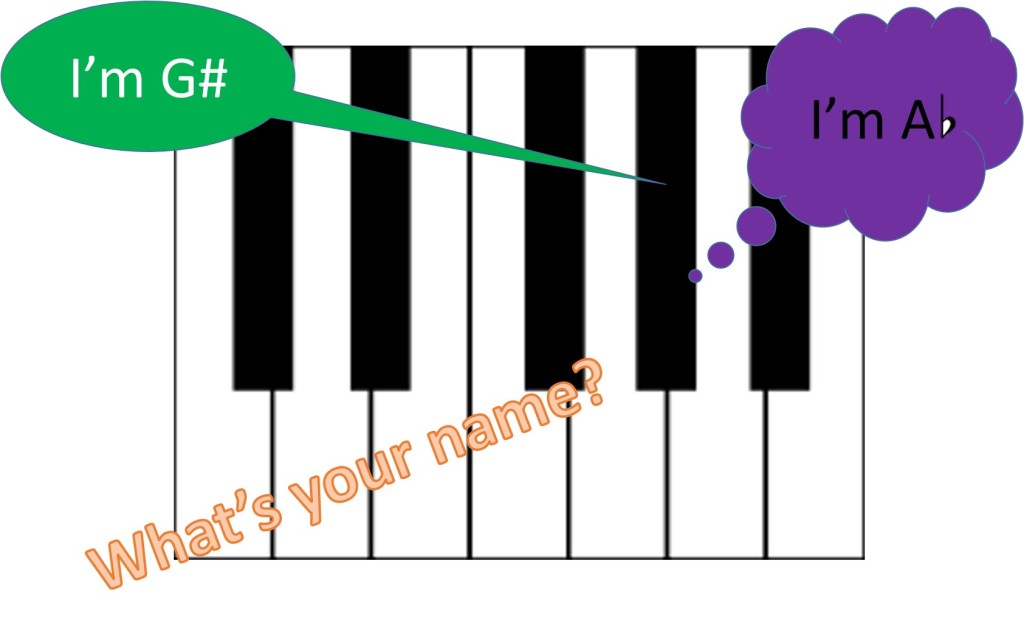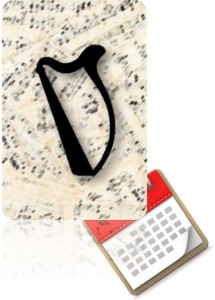If you’re going to improve your music reading, you have to know what all the ink means! So, let’s start with the . Yup, that’s a dot – a .
Nope, it’s not a full stop – in fact it means the complete opposite – it means add half again.
No matter what the note is, the . gives you half again as much. Got a quarter note, add a . and then you have 1 and ½ beats. Got an eight note, add an additional sixteenth note value. Got a half note, add half its value – an entire beat.
When you’re reading a piece of music, these . become very important. They can be easy to overlook because they are small and there can be a lot of information on the staff, but they become very clear when you count the beats in the measure. I know you’re counting each beat in every measure so you would know right away if you missed any of the .’s! If, while you’re counting (including the .’s), you have too many beats (or not enough beats), you know right away that you need to go back and reread the measure.
Like reading words, at first finding the dots, remembering what they mean, and counting them out will be painful and will require painstaking attention and reading. But with a little bit of work each day you will become a better reader! Given enough time and practice, when you look at a page of music, you’ll know what to do with all the .’s!



